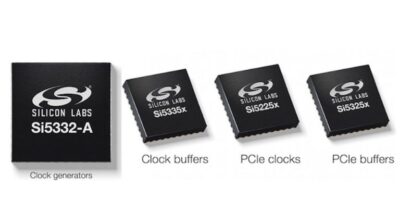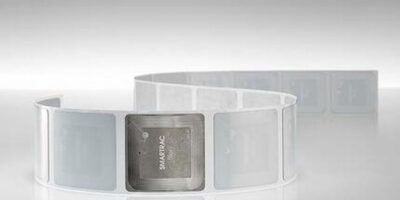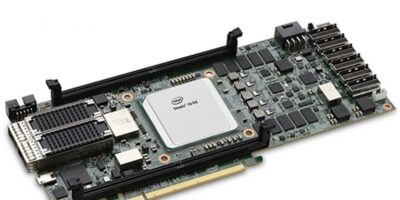7nm high bandwidth interconnect (HBI+) PHY for die-to-die interconnects from eSilicon supports 2.5D applications such as silicon interposers and silicon bridges for system on chip (SoC) to chiplets and SoC partitioning.
The 7nm HBI+ physical interface (PHY) IP is available for license for customer designs. The hard IP block delivers a high-bandwidth, low-power and low-latency wide-parallel, clock-forwarded PHY interface for 2.5D applications including SoC to chiplets and SoC partitioning for complex sub-systems. Silicon interposer and silicon bridge technologies are supported, adds eSilicon.
The HBI+ PHY delivers a data rate of up to 4.0Gbits per second per pin. Flexible configurations include up to 80 receive and 80 transmit connections per channel and up to 24 channels per PHY, with one redundant lane per channel to improve production yields. The part also supports built-in self-test (BIST), internal loopback and external PHY-to-PHY link tests. It supports IEEE 1149.1 (JTAG) and 1149.6 (AC JTAG) boundary scan standards.
Hugh Durdan, vice president, strategy and products at eSilicon, said: “This new HBI+ PHY will help to enable a growing chiplet ecosystem that is supported by many new and innovative technologies.”
The earlier version of this PHY (HBI, 2.5 Gbits per second per pin) was used successfully on a customer ASIC at 14nm. eSilicon is currently in design with a major customer ASIC in 7nm using the HBI+ PHY.
eSilicon provides complex FinFET ASICs, market-specific IP platforms and advanced 2.5D packaging solutions. Its ASIC-proven, differentiating IP includes configurable 7nm 56G/112G SerDes plus networking-optimised 16, 14 or 7nm FinFET IP platforms featuring HBM2 PHY, TCAM, specialised memory compilers and I/O libraries. The company’s neuASIC platform provides AI-specific IP and a modular design methodology to create adaptable, efficient artificial intelligence (AI) ASICs. eSilicon serves the high-bandwidth networking, high-performance computing, AI and 5G infrastructure markets.





